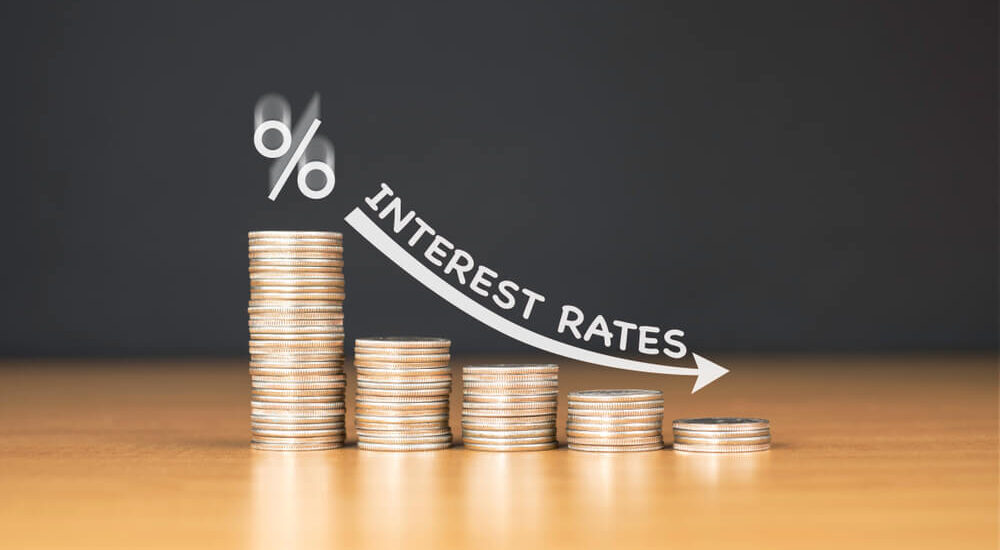In case you missed it, Federal Reserve Chairman Jerome Powell held a press conference this past week that had an outsized impact on the stock market. Partly in response to Powell’s comments — and partly due to fears of a second wave of virus infections — the Dow dropped nearly 2,000 points Thursday and was volatile again Friday.
There are all sorts of little nuggets from Powell’s comments that are relevant to retirees. To start, Fed interest rates are going to be pegged near zero for a long time to come. As Powell put it, he’s not even thinking about thinking about raising rates any time soon. Powell sees the Fed funds rate near zero until 2022 and perhaps longer.
This matters because bank deposit rates tend to follow Fed interest rates. When the Fed is pinning short-term rates at zero, you shouldn’t expect to make much more than that in a savings account, money market account or CD.
Investing in a World of Near-Zero Fed Interest Rates
If you’re getting zero interest on your cash, you’re left with few good options — and the first is simply learning how to make do with less. As Warren Buffett commented in a recent CNBC interview, “People say, ‘Well, I saved all my life and I can only get 1%. What to do I do?’ You learn to live on 1%, unfortunately.”
It might be easy to dismiss Buffett as being out of touch with normal people. He’s one of the richest men in the world, so living on 1% or even a fraction of that would still enable him to live like a king. But Buffett wasn’t pulling a Marie Antoinette here, suggesting to “let them eat cake.”
He was warning against taking on more risk than you should by reaching for yield, or being seduced by high but ultimately unsustainable yields on stocks, bonds or other assets.
In trying to keep the capital markets functioning, the Fed went so far as to buy junk bonds. I’m not bashing Powell, as I know his situation was impossible. But a result of his actions was a massive mispricing of risk. Today, the Bank of America U.S. High-Yield Index, a popular benchmark for junk bonds, yields just 6.7%… in the middle of an unpredictable pandemic that is still causing untold numbers of business failures.
There’s no magic solution for funding a retirement in a world of zero Fed interest rates. But we can at least have a few guidelines to hopefully avoid disaster.
- If possible, trim your expenses by refinancing any debts. While zero Fed interest rates hurt you on the income side, they might actually help you on the expense side.
- Be careful reaching for yield. It’s OK to have a few super high-yielders in your portfolio, but don’t overload on them. The highest-yielding sectors, like mortgage REITs (try this one) and energy, that got hit the hardest during the March meltdown.
- Consider being a little more active in your trading. If you can’t reasonably fund your retirement with dividends and interest alone, allocate a portion of your portfolio to active trading. You’re not necessarily looking to get rich quick or hit a home run. But if you can earn an extra percent or two per month by trading, then why not try?
Regardless, I suspect that Fed interest rates will remain at or close to zero for even longer than Powell says he believes. After dropping rates to zero in 2008, the Fed didn’t raise them again until 2015. So if you’re retired or looking to retire soon, we shouldn’t plan on getting bailed out by higher rates.
• Money & Markets contributor Charles Sizemore specializes in income and retirement topics, and is a frequent guest on CNBC, Bloomberg and Fox Business.
Follow Charles on Twitter @CharlesSizemore.





